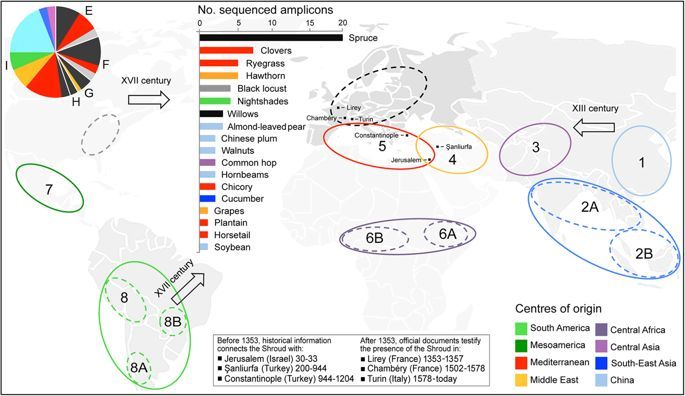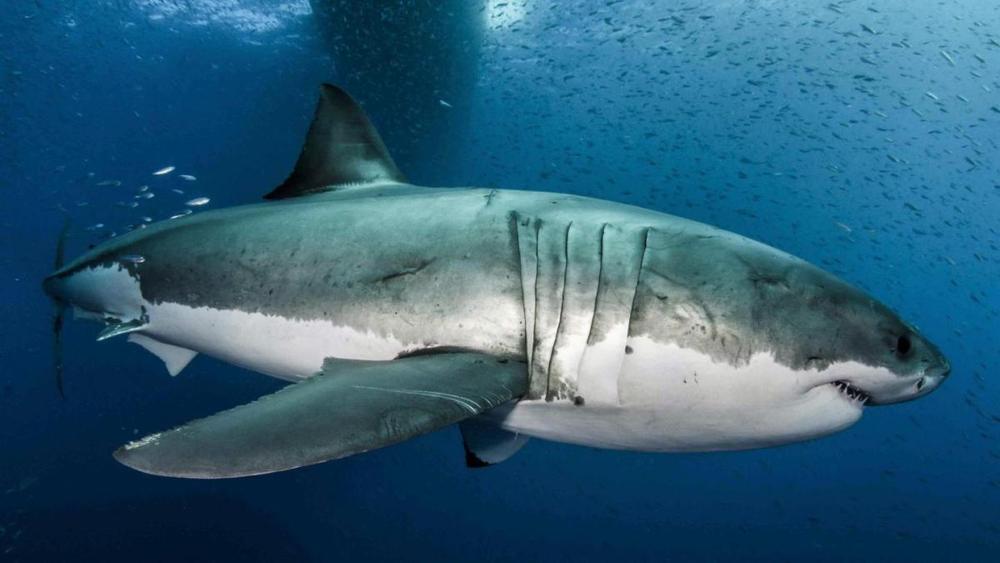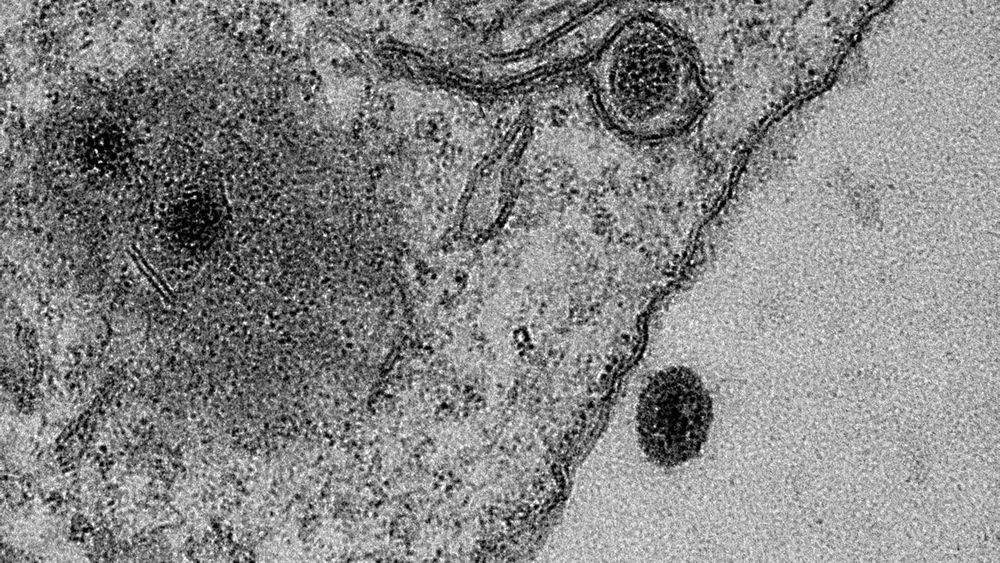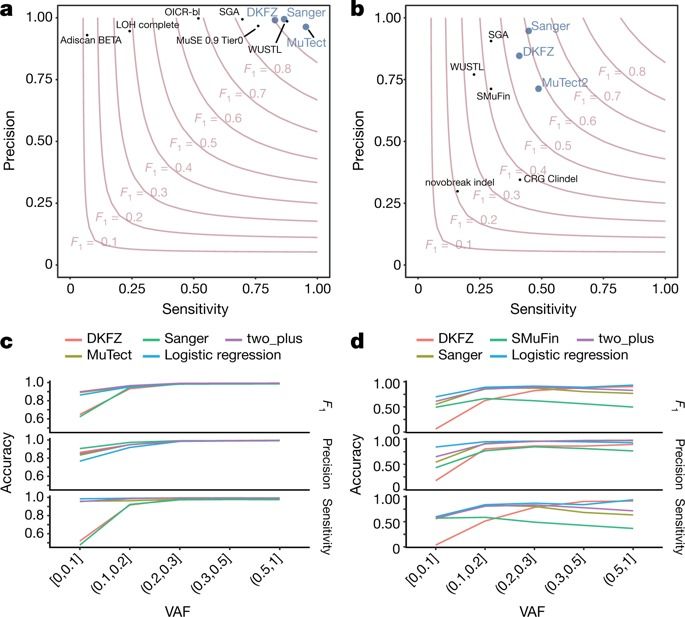Essentially you could resurrect jesus christ through crispr o.o or have similar dna.
Scientific Reports volume 5, Article number: 14484 ( 2015 ) Cite this article.


O.o.
If you’ve ever seen any Jaws movies, you know not to mess with the great white shark. New research says there is more reason to be in awe of these predators: their DNA makes them resilient to diseases like cancer.
A collaborative research team from Nova Southeastern University, Florida, California State University, Cornell University College of Veterinary Medicine, University of Porto, Portugal and others published their findings in PNAS.
“Decoding the white shark genome is providing science with a new set of keys to unlock lingering mysteries about these feared and misunderstood predators – why sharks have thrived for some 500 million years, longer than almost any vertebrate on earth” said Dr. Salvador Jorgensen, a Senior Research Scientist at the Monterey Bay Aquarium, who co-authored the study.

Imagine then, the emancipatory potential of genome editing for these millions.
Realizing this potential, however, will require that genome editing meet with societal approval. The typical response right now when you talk to someone about genetic engineering or reproductive technology is a reference to ‘designer babies,’ eugenics, Nazism, and other evils. These arguments have a very powerful emotional hold over many people, but in my opinion, they simply don’t stand up to scrutiny.
Numerous traits, both physical and mental, are too complex to ever be able to engineer, and a Gattaca-like future of ‘designer babies’ is probably just as improbable as time-travel. No serious scientist or ethicist is advocating for government mandated ‘genetic correction’ of the sort Nazism or eugenics implies. As for physical appearance, everyone has their own ideas about the ‘physical ideal.’ Not every visitor to a cosmetic surgeon comes out looking Northern European.
Reverse disease following Dean Ornish’s program.
The Ornish channel is designed to help people improve their health through learning about sustainable lifestyle changes, while also connecting with others on…

Amongst all the different types of cancer treatment, photodynamic therapy — where light in is used to destroy malignant cells — might have one of the strangest side effects: patients are often better able to see in the dark.
Now researchers have figured out why this happens: rhodopsin, a light-sensitive protein in the retinas in our eyes, interacts with a photosensitive compound called chlorin e6, a crucial component of this type of cancer treatment.
The work builds on what scientists already know about the organic compound retinal, which is found in the eye and usually isn’t sensitive to infrared light.

The flagship paper of the ICGC/TCGA Pan-Cancer Analysis of Whole Genomes Consortium describes the generation of the integrative analyses of 2,658 cancer whole genomes and their matching normal tissues across 38 tumour types, the structures for international data sharing and standardized analyses, and the main scientific findings from across the consortium studies.
Visit our sponsor, Brilliant: https://brilliant.org/IsaacArthur/
O’Neill Cylinders space stations are examples of large rotating habitats able to be constructed in space in which people and even a complex ecology might be transplanted. But what would it be like living in one and how would civilizations based inside them in the future tend to operate?
Visit our Website: http://www.isaacarthur.net
Support us on Patreon: https://www.patreon.com/IsaacArthur
SFIA Merchandise available: https://www.signil.com/sfia/
Social Media:
Facebook Group: https://www.facebook.com/groups/1583992725237264/
Reddit: https://www.reddit.com/r/IsaacArthur/
Twitter: https://twitter.com/Isaac_A_Arthur on Twitter and RT our future content.
SFIA Discord Server: https://discord.gg/53GAShE
Listen or Download the audio of this episode from Soundcloud: Episode’s Audio-only version: https://soundcloud.com/isaac-arthur-148927746/life-on-board-an-oneill-cylinder
Episode’s Narration-only version: https://soundcloud.com/isaac-arthur-148927746/life-on-board-…ation-only
Credits:
Life on board an O’Neill Cylinder
Episode 223; Jan 30, 2020
Writers:
Ira Pastor, ideaXme exponential health ambassador interviews Dr. Tara O’Toole, Executive Vice President and Senior Fellow at In-Q-Tel.
https://www.cia.gov/library/publications/intelligence-history/in-q-tel
BREAKING NEWS:
During the course of this interview, at 44:41, Dr. O’Toole receives breaking news that the Secretary of the Department of Health and Human Services has determined the 2019 (referred to 2019 but threat in 2020) Coronavirus to be a significant threat, therefore authorising the emergency use of in-vitro diagnostics for detection and/or diagnosis of the novel coronavirus.
Ira Pastor Comments:
We have a fascinating show today focused on a very timely topic.